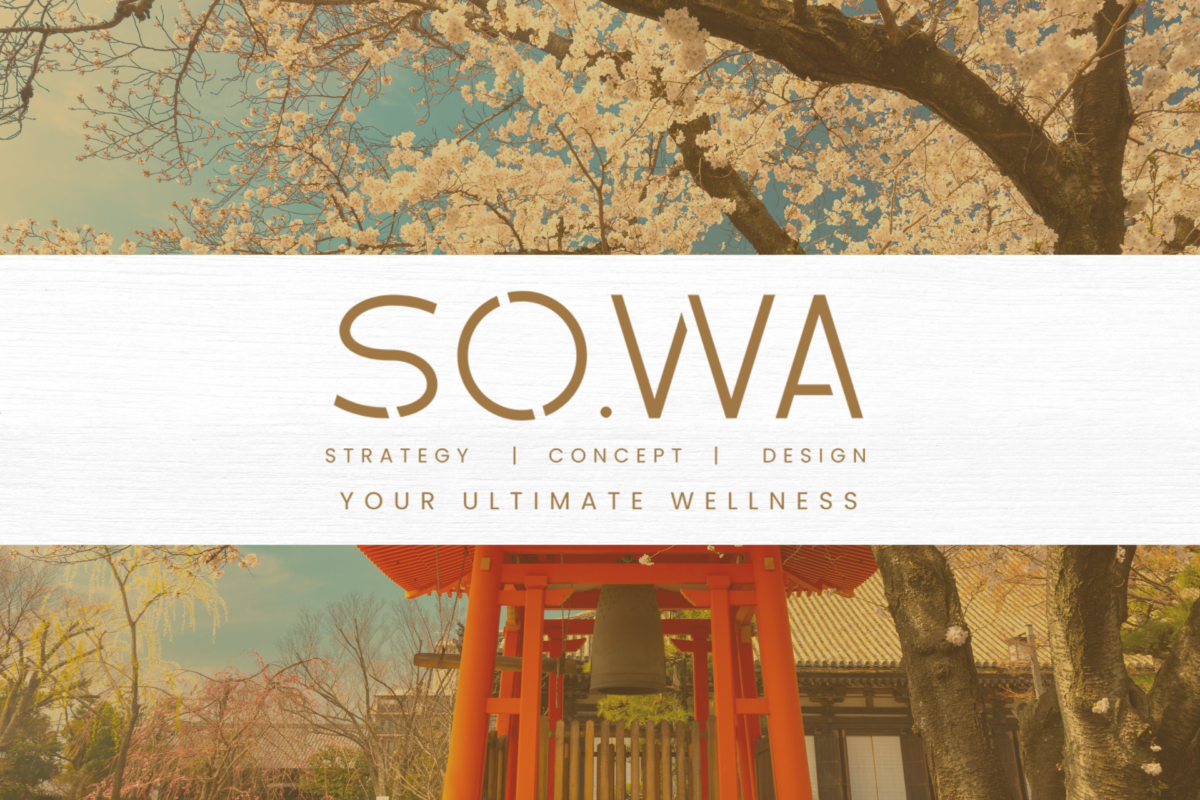
In today’s business landscape, companies must continuously adapt to market needs and drive innovation to remain competitive and grow. With the rapid recovery of travel demand and the expansion of the wellness market the importance of a strategic renewal approach has never been greater in maintaining a competitive edge.
Analyzing an existing business while maintaining brand identity requires both operational expertise and deep market insights to determine what should be renewed and how.
Benefits of a Renewal Strategy
1. Enhanced Competitiveness Leading to Increased Revenue
By leveraging existing assets while integrating the latest trends and technologies, businesses can attract new customer segments and offer high-value services.
2. Improved Customer Satisfaction
Upgrading facilities and services enhances customer satisfaction, increasing repeat visits and loyalty.
3. Boost in Staff Motivation
Implementing a new vision and facility improvements fosters staff engagement, leading to higher service quality and performance.
Why Renewal Strategies Are More Challenging Than New Facility Development
Despite the significant benefits of a renewal strategy, it is often considered more challenging than developing a new facility.
1. Budget Constraints
Careful planning is required to maximize the impact of the renewal within a limited budget.
2. Coordination Among Stakeholders
With multiple stakeholders—including owners and operators—aligning interests can be complex and may slow down project progress.
3. Physical Constraints
Existing facility structures, along with the need to continue operations during renovations, impose more restrictions compared to new developments.
SO.WA Consultancy’s Unique Approach
At SO.WA Consultancy, we develop renewal strategies that incorporate wellness as a central element. Through spatial design improvements, wellness-focused facility upgrades, and staff training, we enhance brand value while strengthening business foundations. This approach enriches customer experiences and creates long-term value.
Case Study: The Legian, Seminyak
SO.WA Consultancy led the renewal project at The Legian Seminyak, integrating wellness-focused spaces and services to elevate brand value and significantly improve guest satisfaction.
Objectives
The project aimed to introduce a unique wellness concept that aligned with the hotel’s luxury image while catering to the growing demand for holistic well-being. The goal was to offer an experience that promotes both physical and mental relaxation.
Challenges
- Differentiating wellness services from traditional spa offerings while meeting the expectations of both existing and wellness-oriented guests.
- Avoiding confusion among customers regarding the distinction between spa and wellness concepts.
- Addressing gaps in necessary wellness facilities and staff expertise.
Solutions & Approach
1. Designing Wellness Programs for Target Audiences
- Developed a three-pillar approach incorporating spa treatments, nutrition, and wellness activities, ensuring alignment with the brand’s luxury image.
2. Optimizing Facilities & Environment
- Enhanced the spa and gym while introducing mindfulness spaces tailored for relaxation and well-being.
3. Staff Training & Community Integration
- Collaborated with local wellness experts to improve staff skills and strengthen operational management.
Results
◆ Achieved a 4.7/5 Google rating (based on over 1,470 reviews).
◆ Awarded “Experts’ Choice Award”, ranking among Bali’s top 19 hotels.
◆ Increased profitability, with a 15% rise in wellness-related revenue and a 10% year-over-year ADR growth.
◆ Successfully attracted new guests while increasing repeat visitor rates.
Conclusion
A wellness-focused renewal strategy goes beyond simple renovations—it serves as a tool for creating new value and differentiation. By enhancing customer satisfaction and fostering repeat visits, businesses can strengthen their brand and secure a competitive market position.




